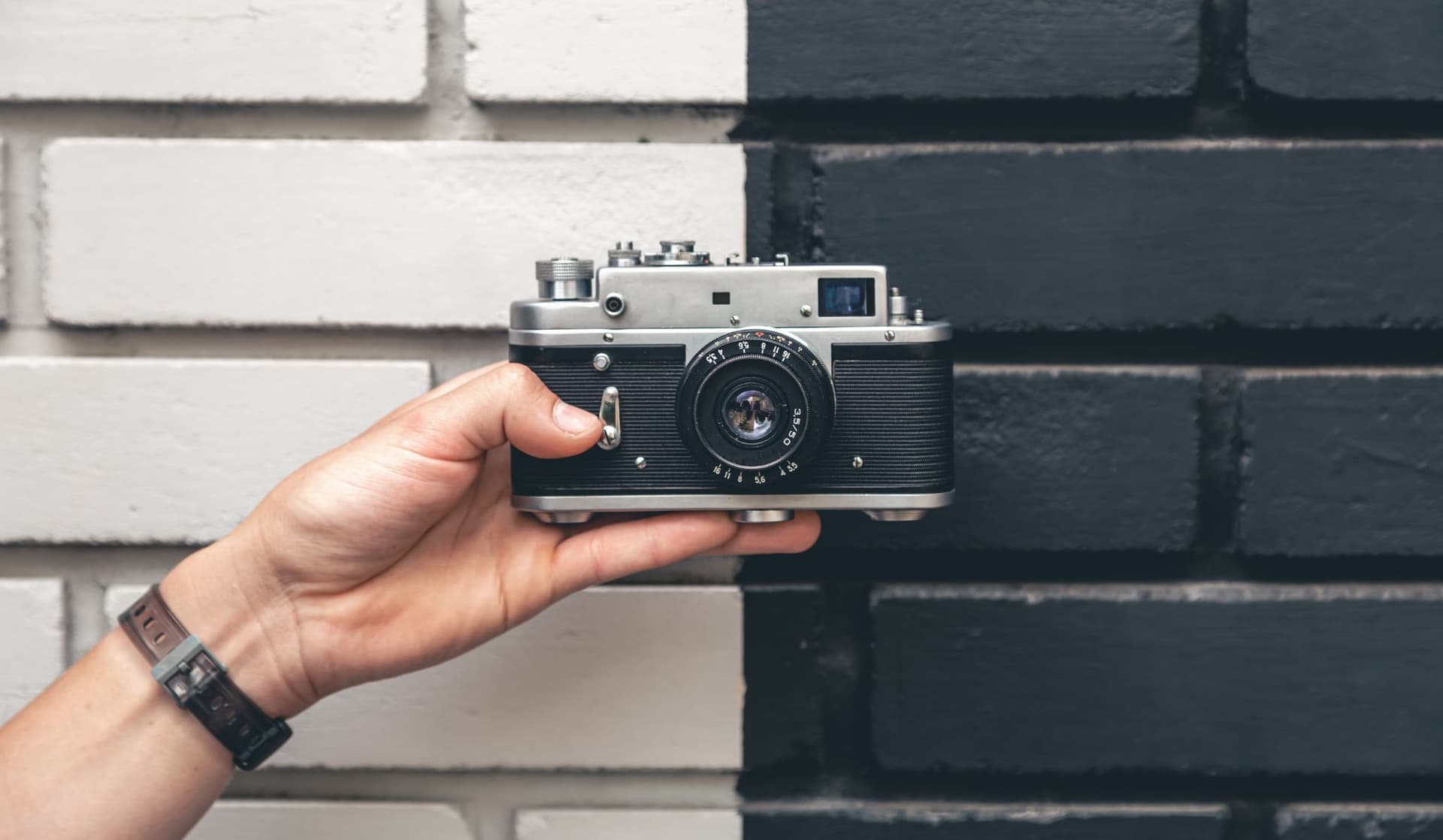Loading...
16 August 2024

Fashion photography has long been a powerful medium for expressing style, culture, and artistic vision. Among its many facets, the choice between black and white versus colour photography plays a crucial role in shaping the narrative of each image. While colour photographs are often celebrated for their vibrancy and ability to capture intricate details, black and white photography offers a timeless, evocative quality that transcends trends. This blog explores the distinct characteristics of both black and white and colour fashion photography, delving into their impact on visual storytelling and how they continue to shape the fashion industry today.
Black and white photography has an enduring appeal that dates back to the early days of fashion imagery. It’s revered for its ability to strip down an image to its most fundamental elements—texture, contrast, and composition. In the absence of colour, the viewer is drawn to the shapes, lines, and forms that define the fashion piece. The simplicity of black and white can evoke a sense of nostalgia and elegance, making it particularly effective for high fashion editorials and classic portraits.
One of the key strengths of black and white photography lies in its emotional depth. By removing the distraction of colour, photographers can convey mood and drama with greater intensity. This is especially useful in capturing the subtleties of fabric textures, the play of light and shadow, and the intricate details of garment construction. The result is often a more focused and intimate portrayal of the fashion subject.
Colour photography, on the other hand, offers a dynamic and vivid approach to fashion imagery. It’s celebrated for its ability to capture the richness of colours, patterns, and textures, bringing the designer’s vision to life. In colour photography, every hue and shade plays a role in telling the story of the garment, making it a powerful tool for creating visually captivating and memorable images.
The use of colour in fashion photography can evoke a wide range of emotions, from the warmth of a sunset to the coolness of a winter morning. It allows photographers to experiment with different palettes to enhance the mood of the shoot, whether it's the bold, saturated tones of a summer collection or the muted pastels of spring. Color also has the unique ability to highlight cultural and seasonal influences in fashion, making it a versatile medium for conveying diverse styles and trends.
In recent years, colour photography has become the standard in fashion advertising and editorial work, largely due to advancements in digital technology. High-definition cameras and post-production tools have enabled photographers to achieve unprecedented levels of colour accuracy and detail. This has expanded the creative possibilities in fashion photography, allowing for more experimental and innovative visual narratives.
While black and white and colour photography each have their own distinct advantages, many contemporary fashion photographers are exploring the intersection of these two mediums. By combining elements of both, they can create images that are both visually striking and emotionally resonant.
This blending of black and white with colour also allows for greater storytelling flexibility. Photographers can use black and white to set a particular tone or mood and then transition to colour to highlight the vibrancy of a scene or outfit. This approach not only adds depth to the narrative but also engages the viewer in a more dynamic visual experience.
The debate between black and white and colour in fashion photography is not about which is superior but rather how each can be used to best convey the designer’s vision. Black and white photography offers a timeless, sophisticated appeal that focuses on composition and emotion, while colour photography brings vibrancy and life to the image, emphasising the richness of the fashion piece. Both mediums have their place in the fashion world, and when used creatively, they can complement each other, creating compelling visual stories that captivate and inspire.